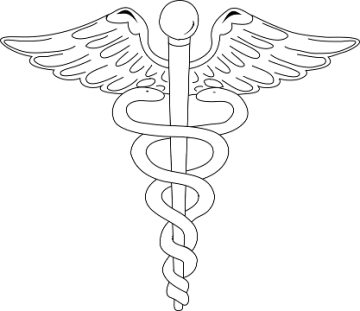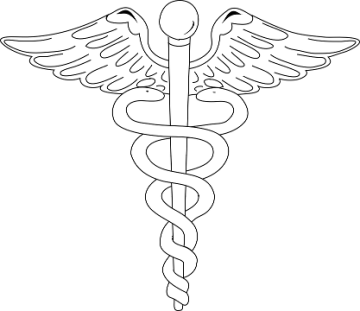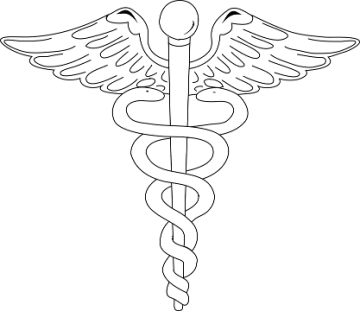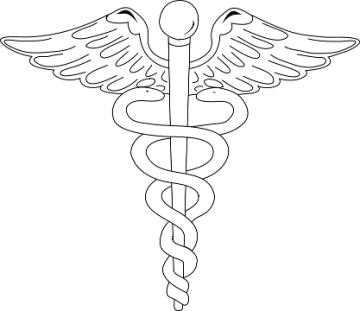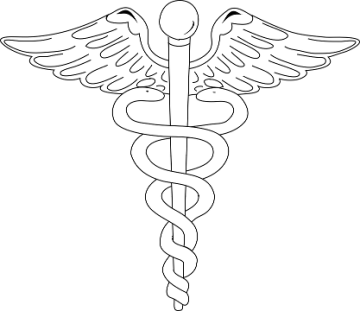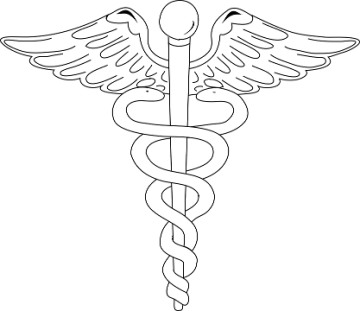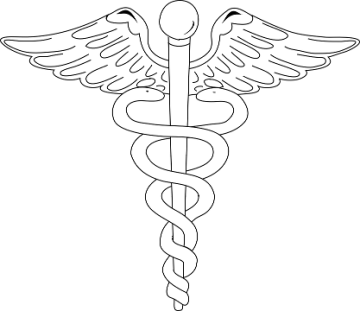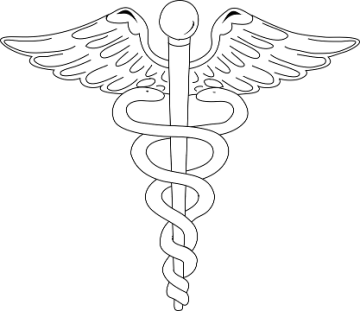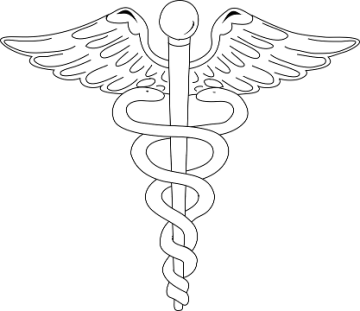Back pain in the workplace
You don’t have to be an ironworker or a lumberjack to be at risk for back injury on your job. Every occupation, however physically undemanding it seems, carries the potential for back injury. Even office work can pose problems. A physically intense job might put a person at greater risk for a serious accident, but the sedentary practice of sitting at a desk all day brings its own set of physical concerns.
- Read more about Back pain in the workplace
- Log in to post comments
